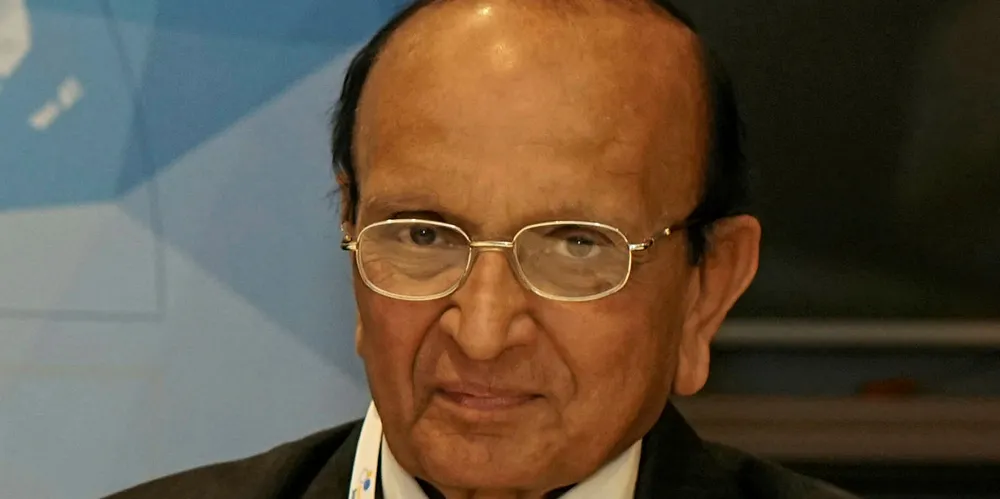Global Solar Council boss: 'I want to destroy utility-scale PV'
Large-scale PV 'inefficient' and wind set to play secondary role, says head of global solar body

Large-scale PV 'inefficient' and wind set to play secondary role, says head of global solar body
